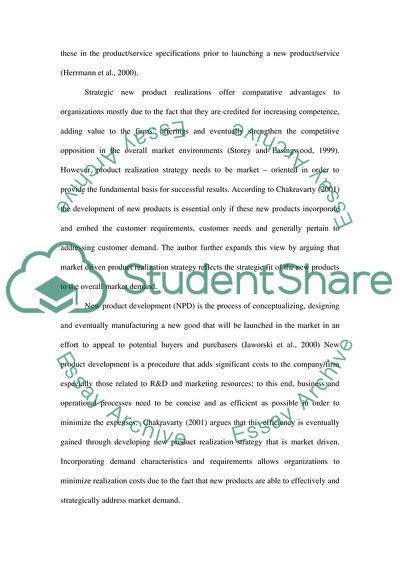Cite this document
(Market-Driven Product Assignment Example | Topics and Well Written Essays - 1500 words, n.d.)
Market-Driven Product Assignment Example | Topics and Well Written Essays - 1500 words. https://studentshare.org/marketing/1559646-b2b-marketing
Market-Driven Product Assignment Example | Topics and Well Written Essays - 1500 words. https://studentshare.org/marketing/1559646-b2b-marketing
(Market-Driven Product Assignment Example | Topics and Well Written Essays - 1500 Words)
Market-Driven Product Assignment Example | Topics and Well Written Essays - 1500 Words. https://studentshare.org/marketing/1559646-b2b-marketing.
Market-Driven Product Assignment Example | Topics and Well Written Essays - 1500 Words. https://studentshare.org/marketing/1559646-b2b-marketing.
“Market-Driven Product Assignment Example | Topics and Well Written Essays - 1500 Words”. https://studentshare.org/marketing/1559646-b2b-marketing.


